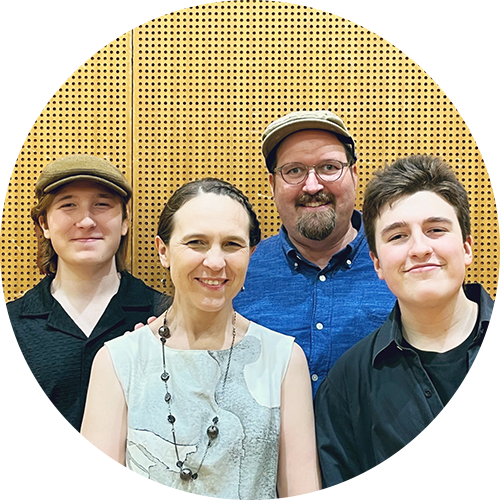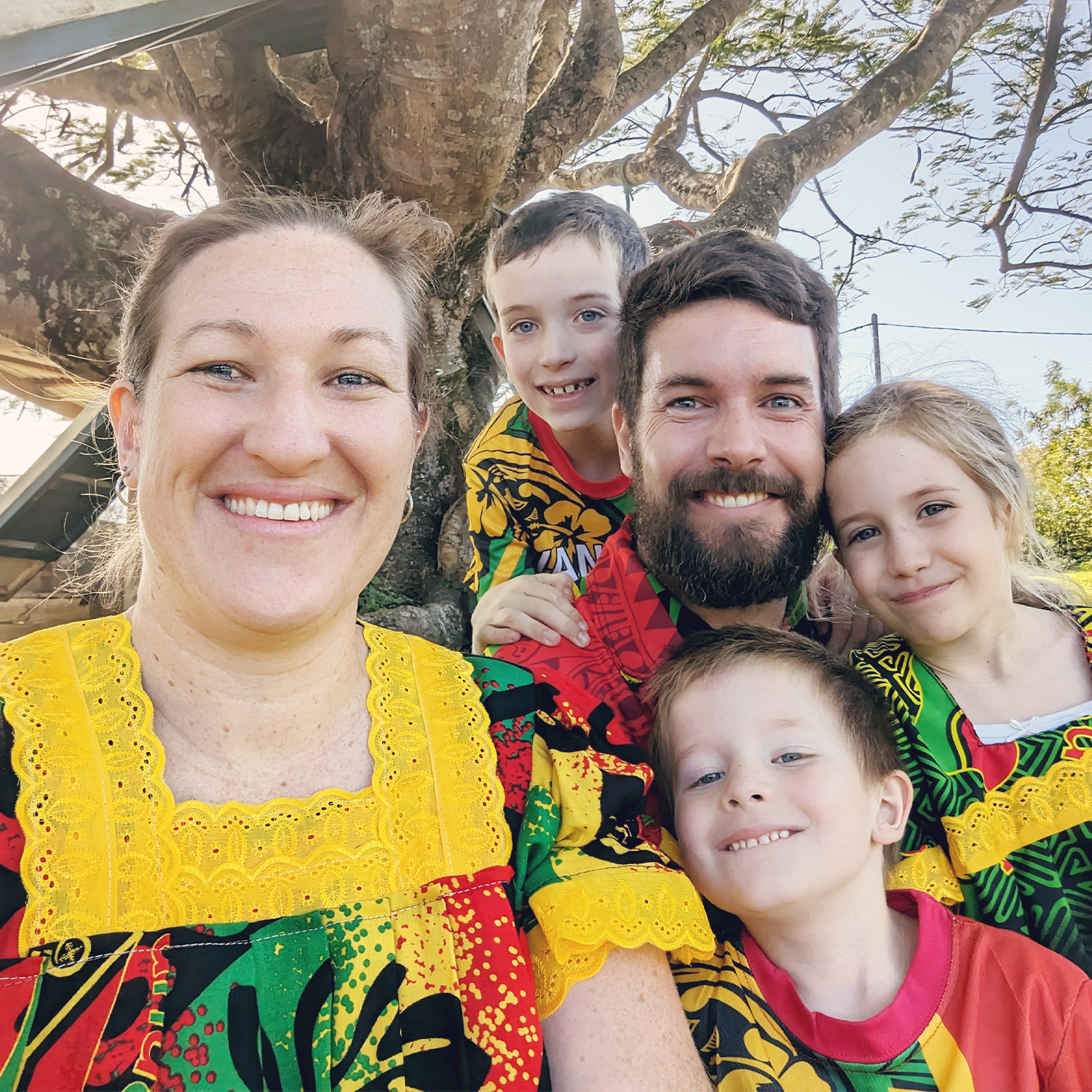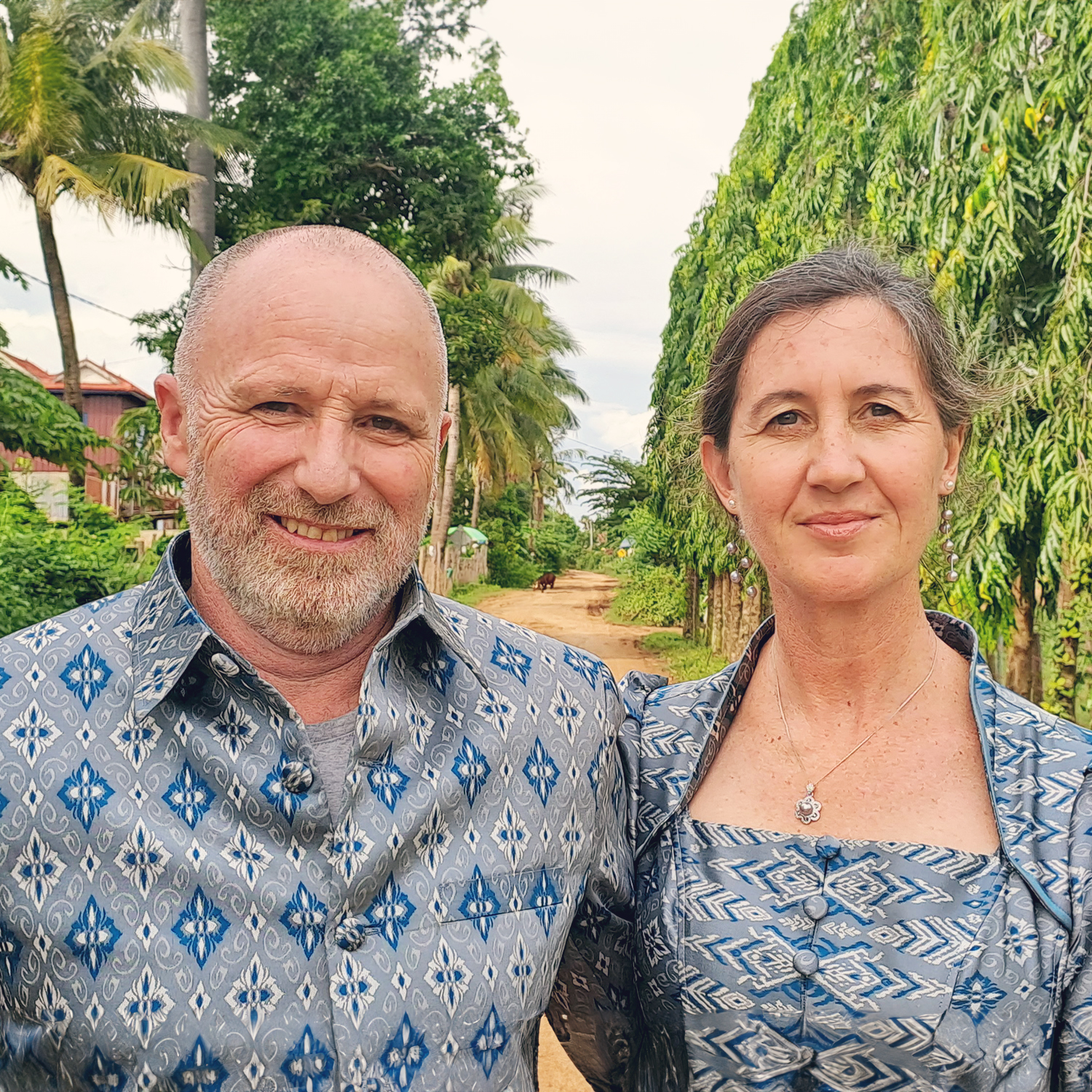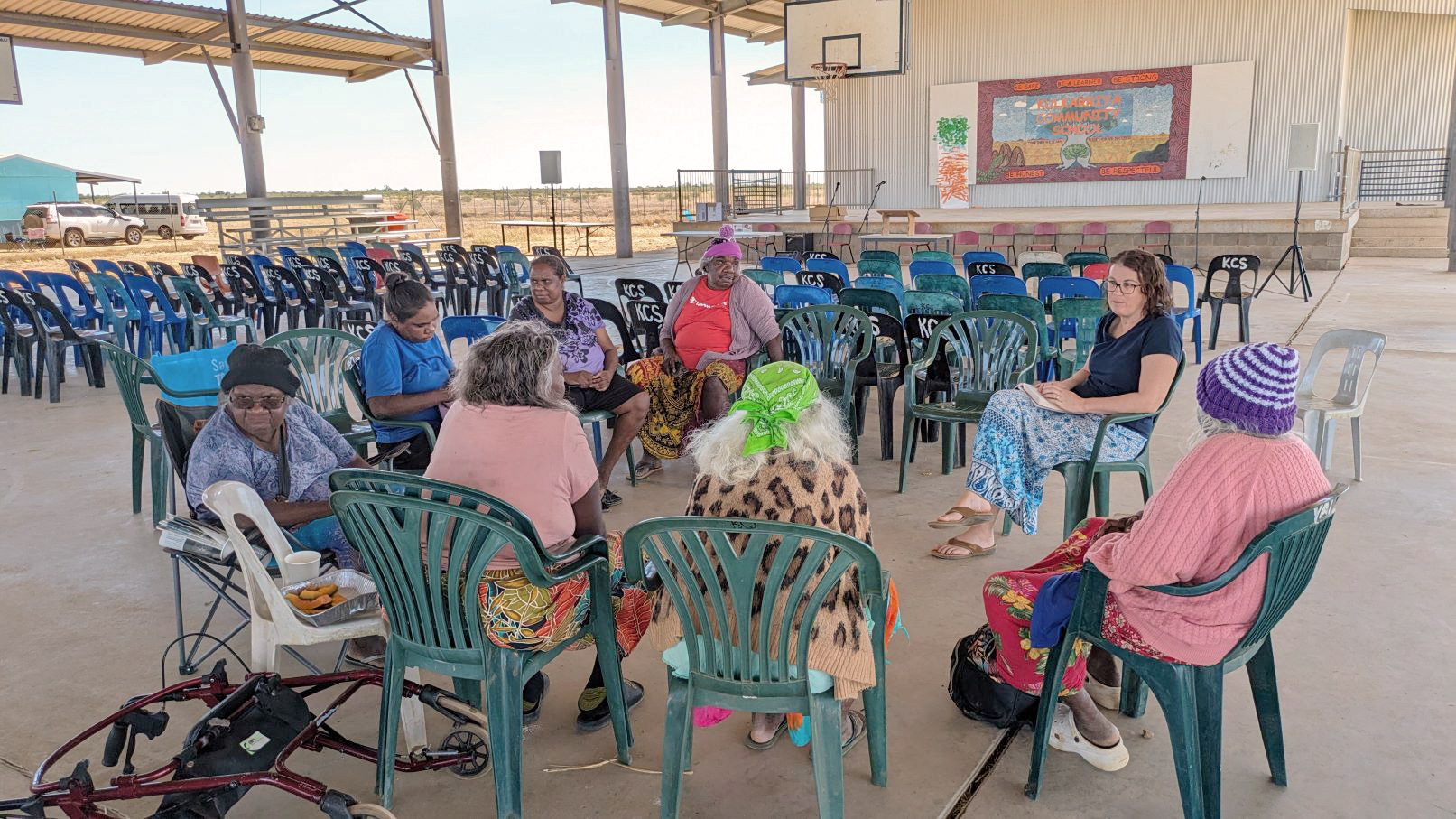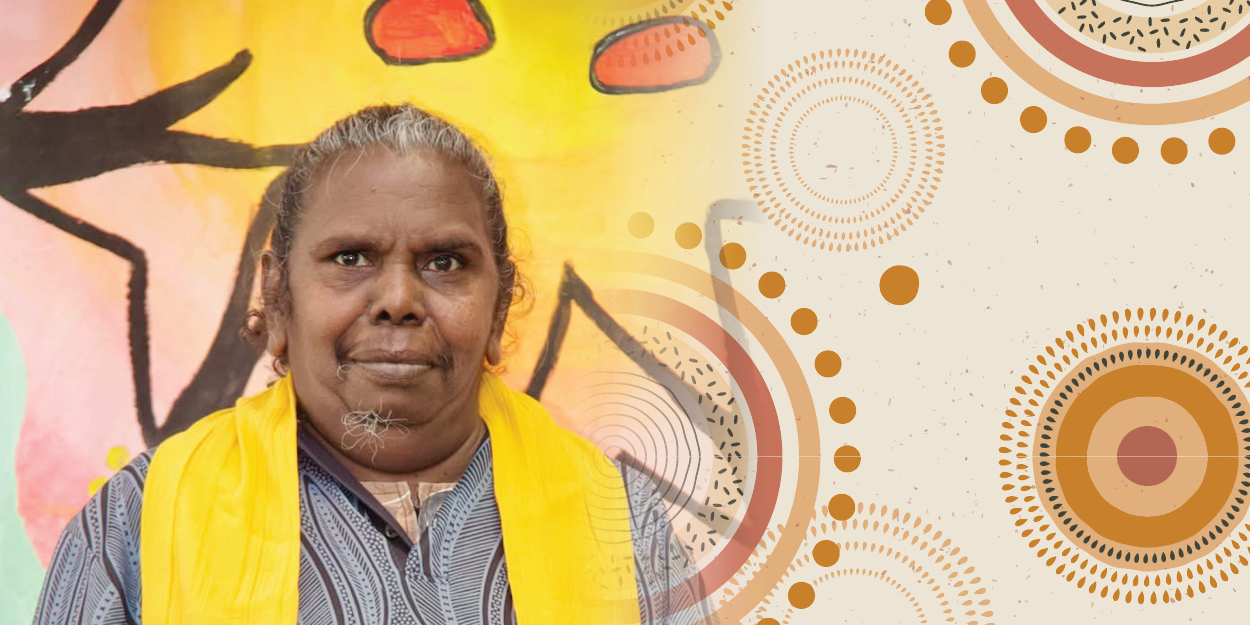Suffering and Glory
Here is the fifth in a series of six on ‘pleasure, pain, and the secular worldview’, CMS Director of Training and Development David Williams talks about how ‘pain pleasure culture is the world of expressive individualism’. Part one, Emotions and the Fall’, is here. Part two, ‘Life under the dome’, is here. Part three ‘Shrink-wrapped minds’ is here. Part four, the age of authenticity, is here. Watch for the final instalment in the near future.
In the first four articles in this series we have explored the pain pleasure worldview of the secular age. In the final two articles we will consider how we live faithfully as disciples of our Lord Jesus in such a challenging context.
The New Testament subverts the pain-pleasure narrative with a different story. As followers of Jesus Christ, we are not pain-pleasure people—we are suffering-glory people. The place where we see the suffering-glory theme worked out most clearly is in John’s gospel.
In John 12, Jesus uses the image of a grain of wheat. If a grain of wheat stays warm and dry in the storehouse, it will never produce a harvest. If it is to be fruitful, the grain must fall into the ground and die so that its death brings new life. Jesus is the grain of wheat, and the hour has come for the grain of wheat to die. Remarkably, John speaks of this hour as the hour for the Son of Man to be glorified.
Suffering and glory in John’s gospel is not suffering now, glory then. It is more of a continuum—Jesus’s suffering is his glory. As Don Carson says: ‘[John’s gospel] makes it clear that the supreme moment of divine self-disclosure, the greatest moment of displayed glory, was in the shame of the cross.’[1] We live in a suffering-glory continuum.
Suffering-glory makes no sense unless it is placed in the context of other-person-centred love. Jesus does not experience pain for the sake of pain. He does not go to the cross because he wants to have nails driven through his hands. He goes to the cross because he loves us so much that he will die for us. Love ties the suffering-glory continuum together. Jesus is suffering in order to love us and that is glorious. His suffering flows out of love, compassion and self-sacrifice. We are to love in just the same way. We enter the suffering-glory continuum by loving others as Jesus has loved us.
Nicholas Wolterstorff, an American Philosopher, lost his 25 year old son in a climbing accident. In his beautiful book Lament for a Son he reflects on the suffering love of our God. He writes:
In commanding us to love, God invites us to suffer. God is love. That is why he suffers. To love our suffering sinful world is to suffer. God so suffered for the world that he gave up his only Son to suffering. The one who does not see God’s suffering does not see his love. God is suffering love. So suffering is down at the centre of things, deep down where the meaning is. Suffering is the meaning of our world. For Love is the meaning. And Love suffers. The tears of God are the meaning of history.[2]
Our God is a God of other-person-centred love. And because human beings are made in God’s image, this is who we are made to be. The pain-pleasure world tells us to love ourselves. God created us to be people who love others. It is a fundamental part of our very human nature that we were made to be other-person-centred. That is true for all human beings. But it is something that Christians especially should understand. Our God is a God of self-giving, self-sacrificing love. And we are to be people characterised by self-giving, self-sacrificing love.
The pain pleasure world believes that I can live my life under the dome with a shrink-wrapped mind, excluding God and the transcendent from my lived experience. The supreme way that God shatters these lies is through the incarnation of the Lord Jesus. As his disciples, we connect with the transcendent, with God, through other-person-centred love.
Learning to love God and to love my neighbour is the essence of Christian discipleship. This love is cross-shaped and costly, it is cruciform love. As I lay down my life for God and neighbour, I learn to love. Cruciform love is the suffering-glory continuum of John’s gospel. So cruciform love, suffering-glory love, lies at the heart of our discipleship. I pick up my cross daily to follow Jesus, and I do this by loving God and loving my neighbour. Cruciform love is transcendent, it comes from outside the dome.
Learning this lesson helps me to redefine what reconnecting with God feels like. In a secular age, my default is to assume that connecting with God feels good and powerful and mystical and nice.
But in the Bible, following Jesus typically feels cruciform. This is deeply counter-cultural. Since I live in the secular age, my risk is to think that cruciform love isn’t very spiritual; by default, I will define love as a feeling that is to do with my own flourishing.
So I need to be discipled in a way that shows me that loving God and loving my neighbour is impossible unless God’s Spirit grows His cruciform love in me. Knowing and showing cruciform love engages me with God, because this kind of love does not come naturally to me. It is an aspect of the Spirit’s fruit.
The pain pleasure world tells me that my life’s project is to pursue my own flourishing by expressing my unique individualism. I need to identify these lies and put them to death. God’s project for my life is to love him and love by neighbours in cruciform love, empowered by the Spirit. I witness to a pain pleasure world by living in the suffering glory continuum.
[1] D. A. Carson, The Gospel According to John, The Pillar New Testament Commentary, (Grand Rapids, MI: Eerdmans, 1990), 482.
[2] Nicholas Wolterstorff, Lament for a Son (Grand Rapids, MI: Eerdmans, 1987), 90.





























